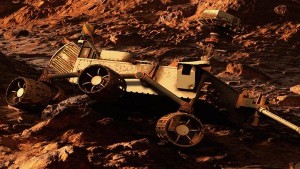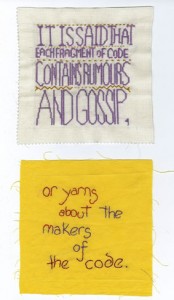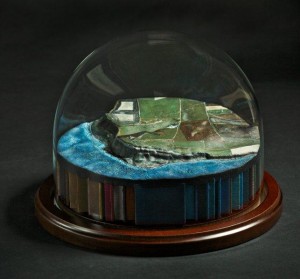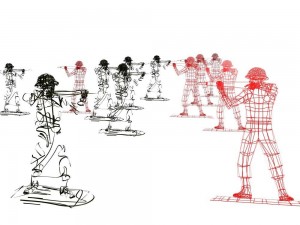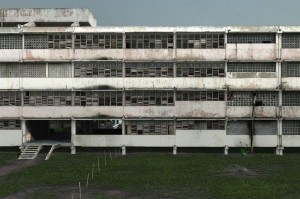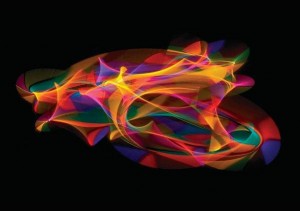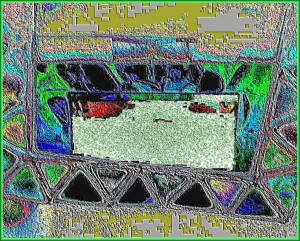Kelly Richardson’s new work premiering at Whitley Bay (from 3 August), asks questions about our future in space exploration. Featured here is a still from Mariner 9, a 12 meter-long panoramic digital video installation of an imagined Mars centuries into the future, littered with the detritus of long-forgotten expeditions, evidence of mankind’s once optimistic future reduced to scrap. This detail shows the NASA space rover Curiosity due to land on Mars in early August, in an (imagined) semi-defunct state. This art work has been acquired by the Laing Art Gallery, another fine example of important national insitutions engaging with and actively collecting art with a strong digital element (see also the John Gerrard recently acquired by mima).
Kelly is our BCS selected artist this month. See the full image and read more here:http://www.bcs.org/content/conWebDoc/46091

